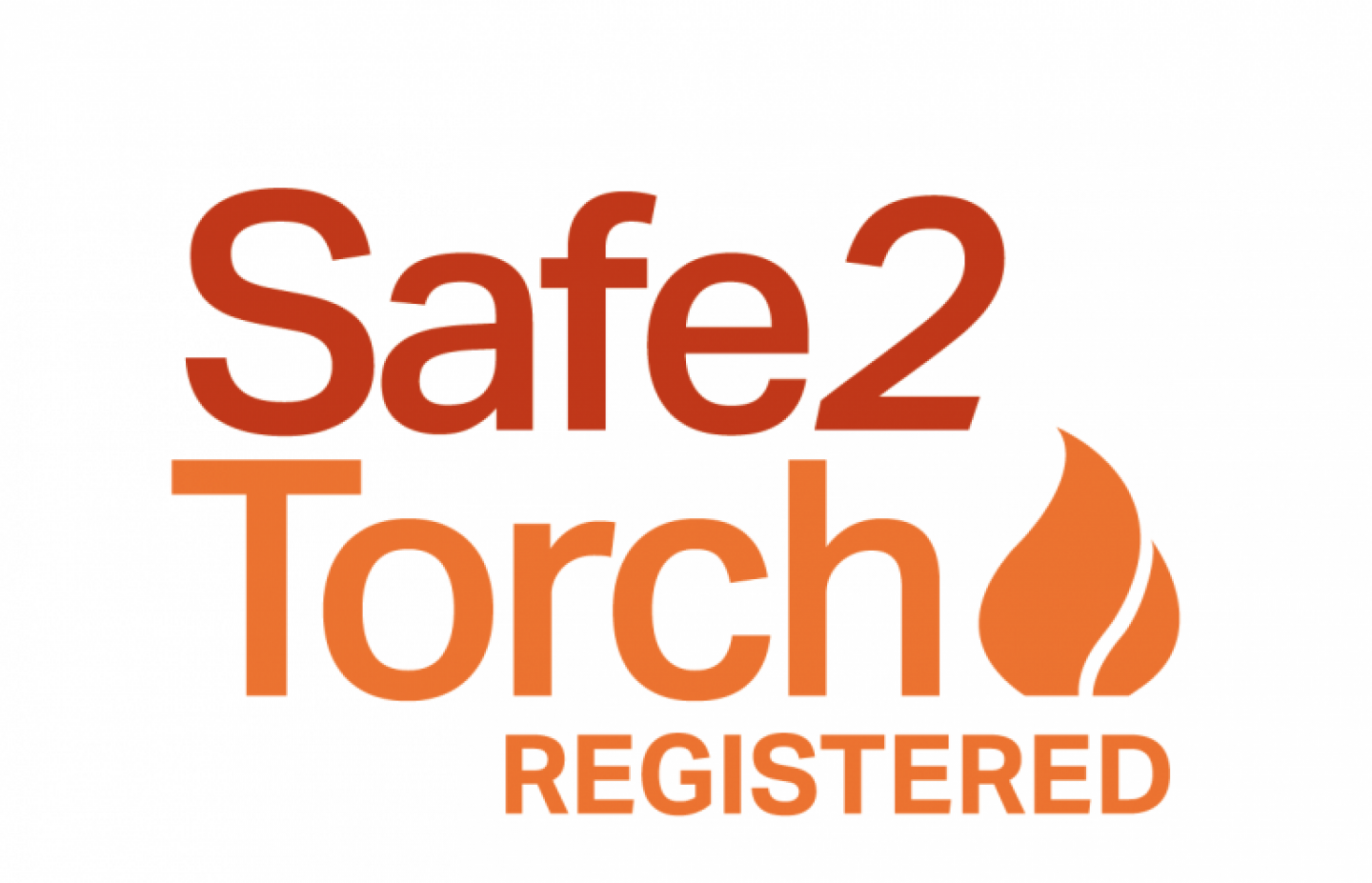The installation of torch-on products come with risk – there’s no denying that. But the risk is manageable, with common sense and a few rules and guidelines to follow. The NFRC, the UK’s largest roofing trade association, recently developed the Safe2Torch campaign, issuing new guidelines for safe practice when using gas torches in roofing. Developed in partnership with NFRC members, it’s all about minimising the risk of fire when drying out roof surfaces or using gas torches to install torch-on membranes. There’s a Guidelines booklet and a checklist to be completed before work starts, with advice on common issues and ‘myths’ for example: how gas bottles should be stored; safe methods for drying out a roof; if you need a permit to work, or training to install flame or flame-free membranes. You may think you know the answers, but does the rest of your team? The main aim of Safe2Torch is to promote the safe use of hot works, protecting installers and the buildings they’re working on, in every situation where there is any risk of fire.

Martin Fisher, Technical Manager at IKO PLC, has been closely involved in the process. Working with the NFRC and other manufacturers over two years, they’ve come up with a simple series of steps to follow when approaching a roofing project. Martin comments, “These guidelines directly affect at least 50% of all the flat roofs installed in the UK, so it’s a serious issue. Having a clear guide to hot works at each stage from specification to completion is a great contribution to safety at work.”
Torch-on is one of the most cost-effective, widely-used procedures, but there will be areas on most roofs where it isn’t suitable. In practice, IKO as the supplier will provide a specification which takes into account the areas where it’s OK to use torch-on, and suggesting alternative products where it’s not suitable. IKO has a wide range of alternative products which work well with any torch-on roofing build-up, whether it’s adhered, self-adhesive membranes or cold applied liquids, which minimise the risk associated with hot works.
The Safe2Torch guidelines are just that – a guide, not a statutory requirement. There may be those in the industry who don’t see the need for guidelines when they have a wealth of experience, but a reminder of the risks involved is never wasted, for both newcomers and old hands.
Kevin Taylor, Head of Technical Services at the NFRC, comments: “Roof fires, no matter how minor, pose a serious threat to life, property, the image of the industry and possibly even the long-term future of torch-on as an accepted method of covering a roof. The NFRC seeks to significantly reduce the risk of roof fires when using gas torches by educating contractors and manufacturers with guidance on safe working practices.”
The Safe2Torch campaign promotes the positive side of the industry, where safe specifications and safe working practices are second nature. It gives clients assurance that if they engage with a Safe2Torch Contractor and/or Manufacturer, their roof works will have been planned and installed within the requirements of the guidance. And, perhaps most importantly, it will keep people and property safe.
To download the Safe2Torch guidelines visit: https://www.nfrc.co.uk/safe2torch


